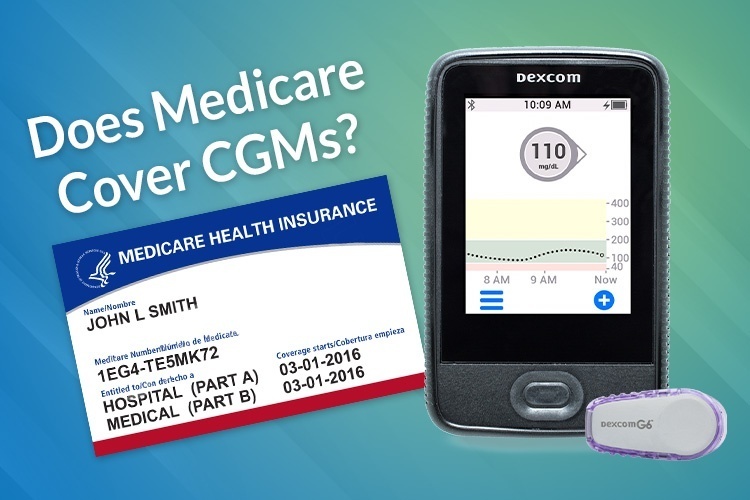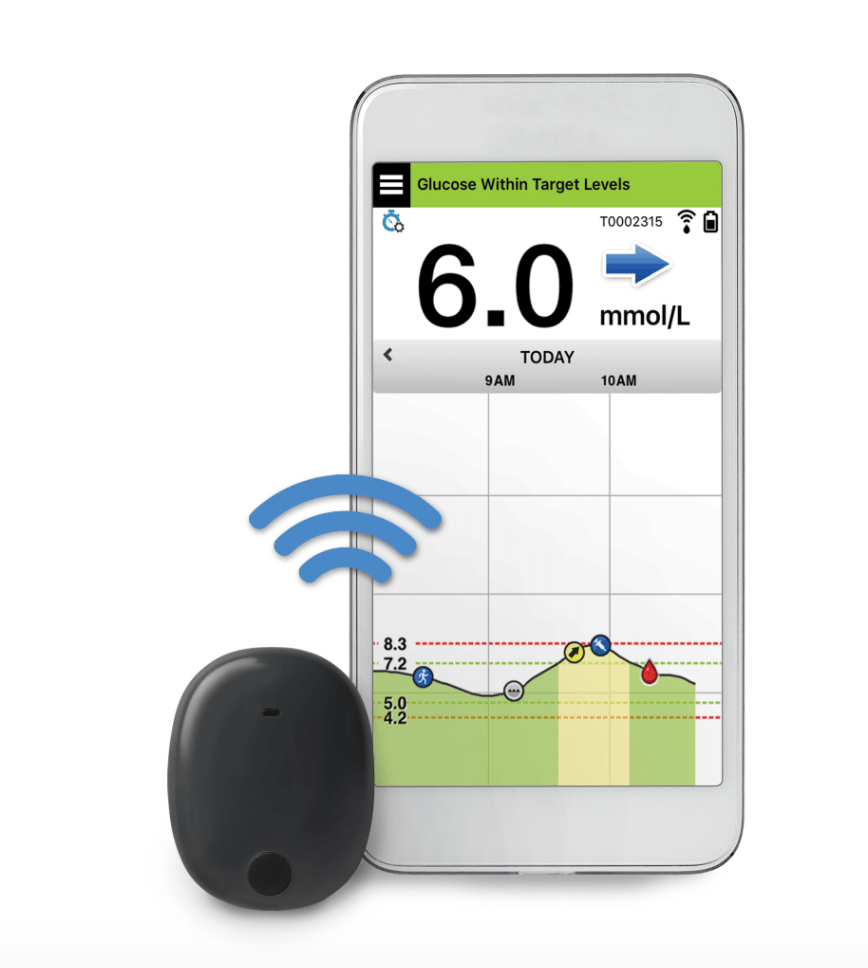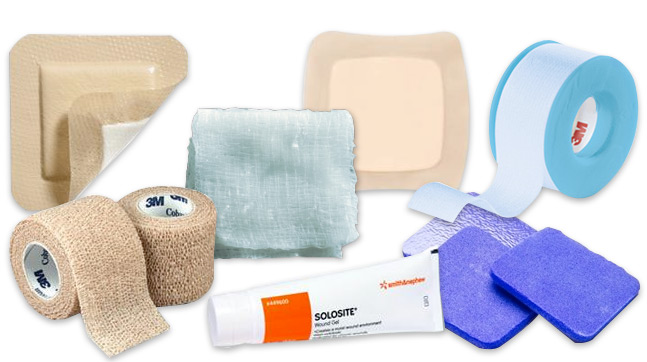Does Medicare Cover CGMs?
This post was reviewed by our Director of Clinical Excellence and Oversight.

Medicare Versus Medicare Advantage
Medicare is a health insurance program that is nationally funded. The requirements to enroll in Medicare are1:
- Over age 65
- (Or) Under 65 with specific disabilities
- (Or) Living with end-stage renal disease
Medicare Advantage plans are plans which are offered through private companies who contract with Medicare. Therefore, they may not have the same requirements and coverage as traditional Medicare2. To find out if your Medicare Advantage plan offers CGM coverage, call us at (866) 938-3906. Don’t know if you have Medicare or Medicare Advantage? We can also help you determine which plan you have.

Medicare and CGM Coverage
When the food and drug administration (FDA) gave the green light for people to make dosing decisions based on CGM results, Medicare began covering CGMs. The decision was put into effect in January 2017. The coverage ruling saves people between $2,500 to $4,000 a year who might otherwise purchase the equipment out of pocket. Michael Gonzalez-Campoy, MD, Ph.D., Medical Director and CEO of the Minnesota Center for Obesity, Metabolism, and Endocrinology, claims that based on the studies he’s read, CGMs provide the kind of enhanced monitoring that improves diabetes treatment.3
Coverage Requirements
If you are a Medicare member, requirements for CGM coverage are relatively straightforward. To qualify for CGM coverage, you must3:
- Be diagnosed with diabetes type 1 or type 2
- Use a blood glucose monitor (BGM)
- Test your blood sugar four or more times per day
- Use multiple daily injections of insulin or use a constant subcutaneous infusion (CSI) pump
- Require frequent insulin adjustments
Home Care Delivered Can Help
First, talk to your doctor about which CGM is right for you, learn more about CGMs, and then give us a call. Ready to order a CGM? Trust Home Care Delivered with your needs. Our customer care representatives are knowledgeable in CGM devices and their insurance coverage. We do all the paperwork so that you can focus on your health. Plus, our supplies are delivered right to your door, and we follow up with you each month. View our selection of CGM options and let us give you a call today by entering your phone number at the bottom left of this screen. For more information about CGMs, check out our article: What is a CGM?
Disclaimer:
Unless otherwise noted, the recommendations in this document were obtained from the sources indicated. Be advised that information contained herein is intended to serve as a useful reference for informational purposes only. HCD cannot be held responsible for the continued accuracy of or for any errors or omissions in the information. All trademarks and registered trademarks are the property of their respective owners.
Get Insurance-Covered Wound Supplies
Accurate Orders | We Handle the Paperwork

